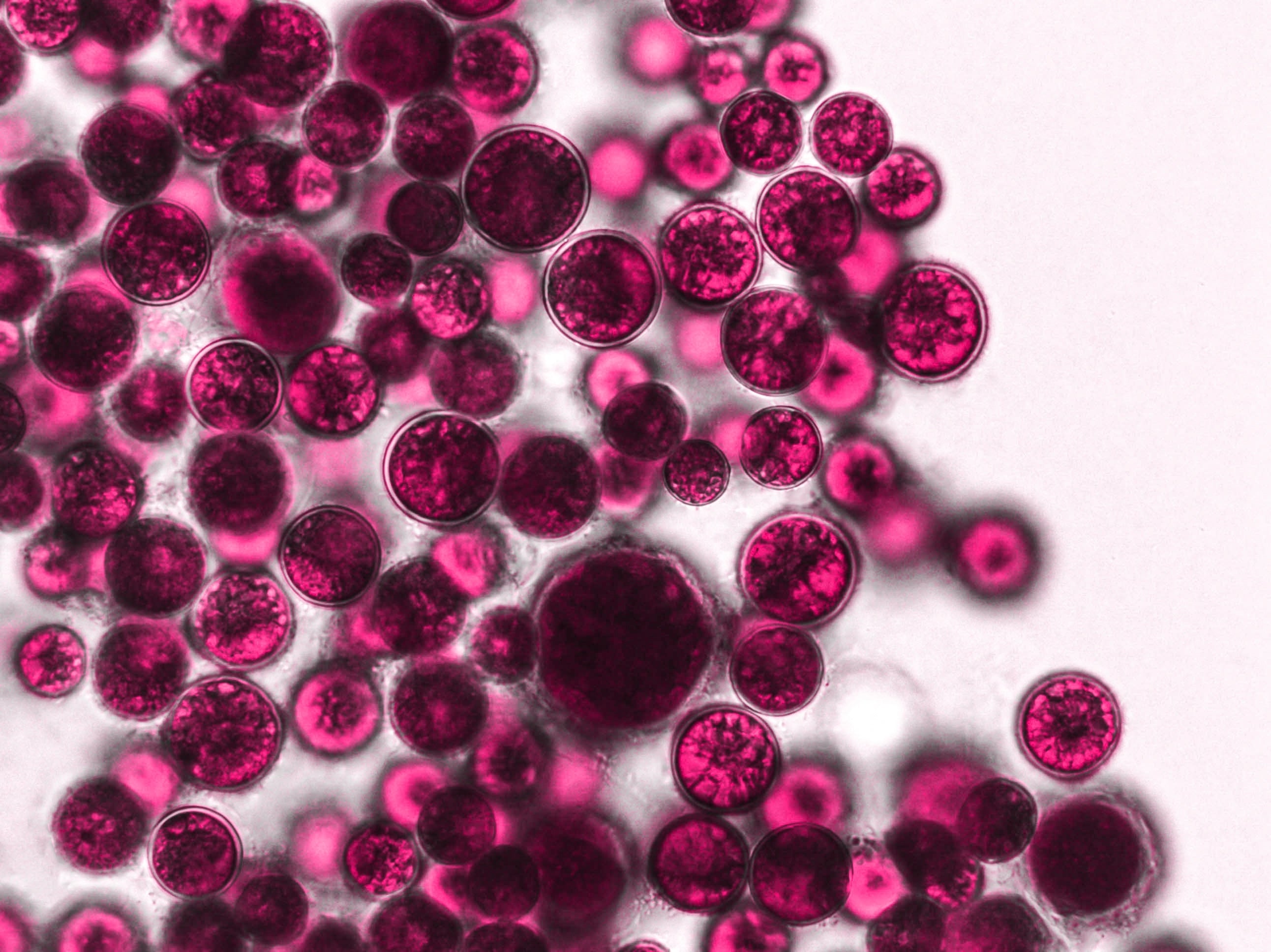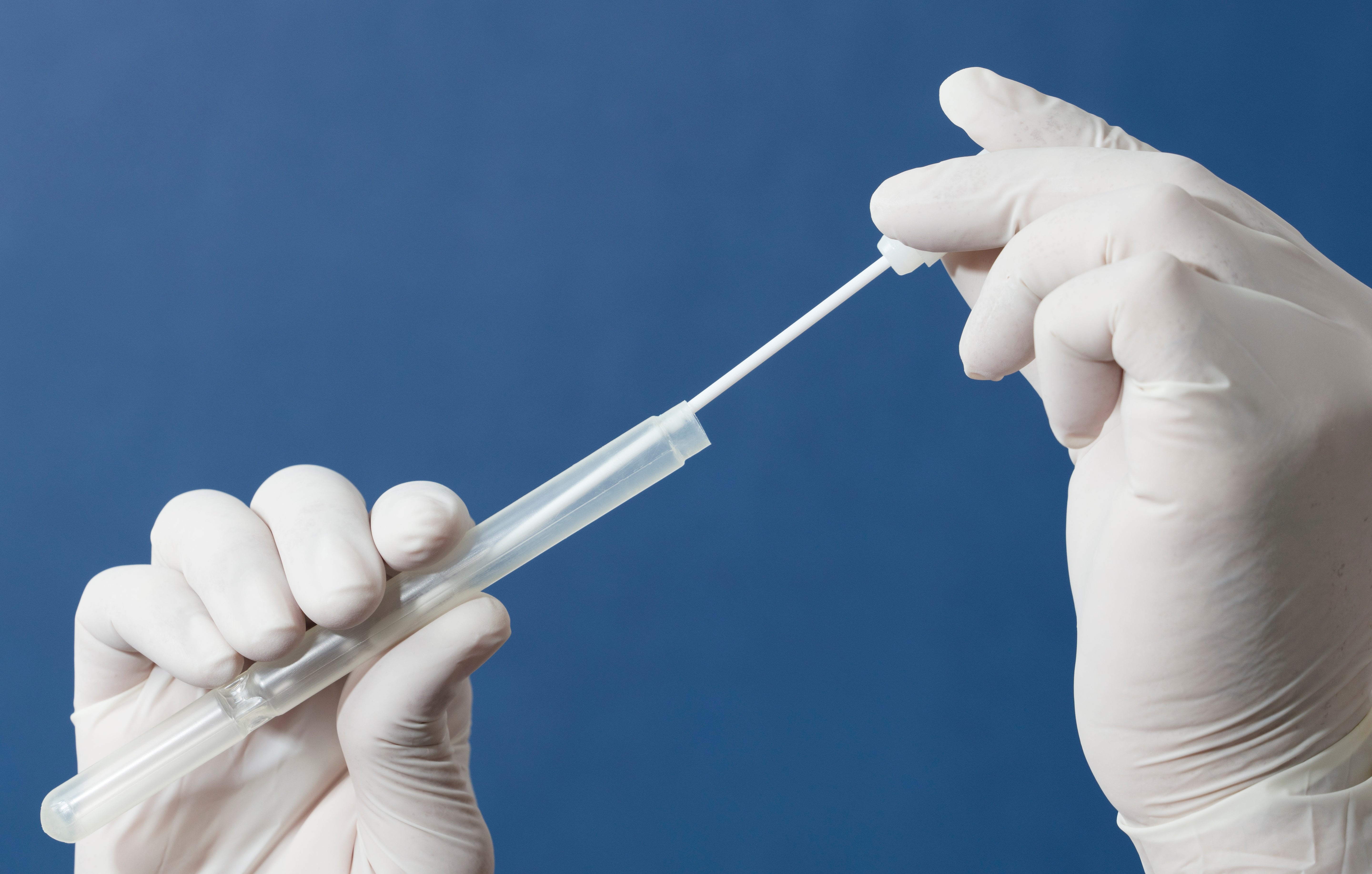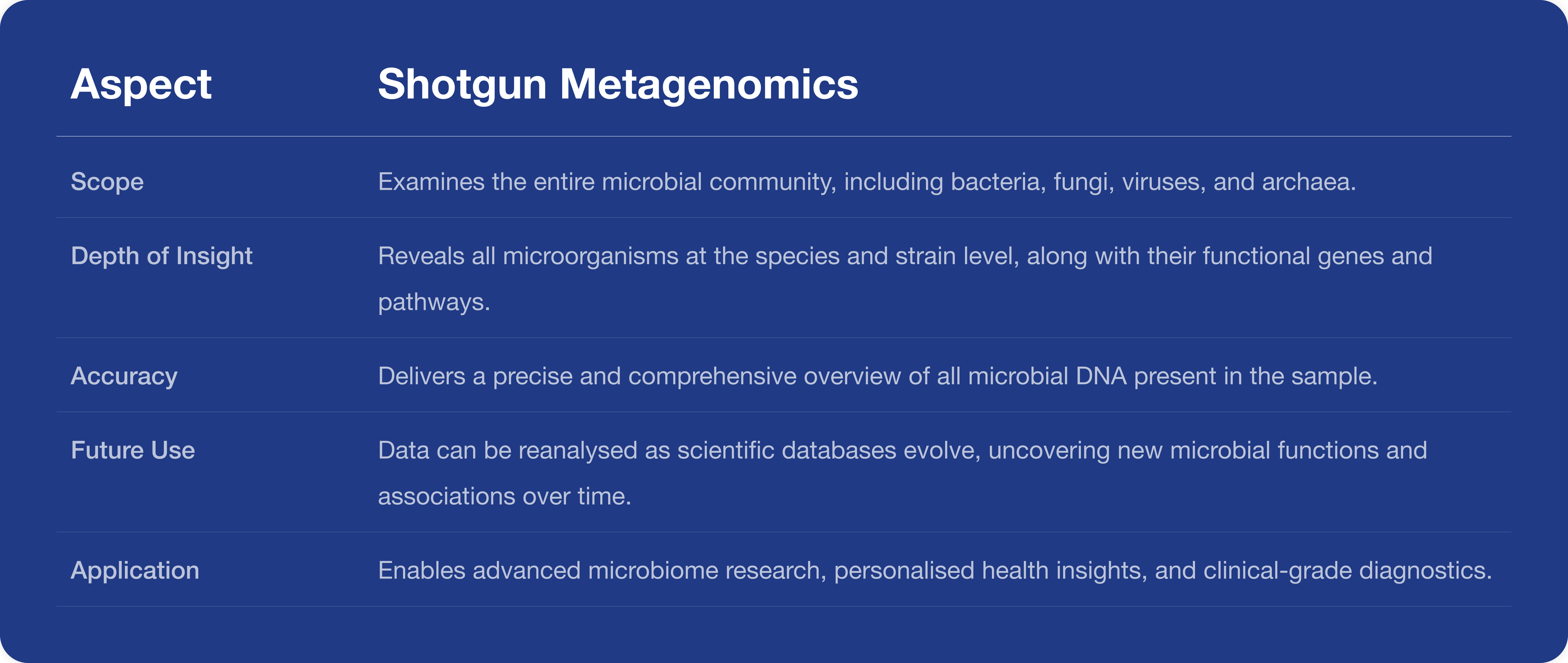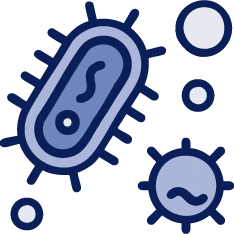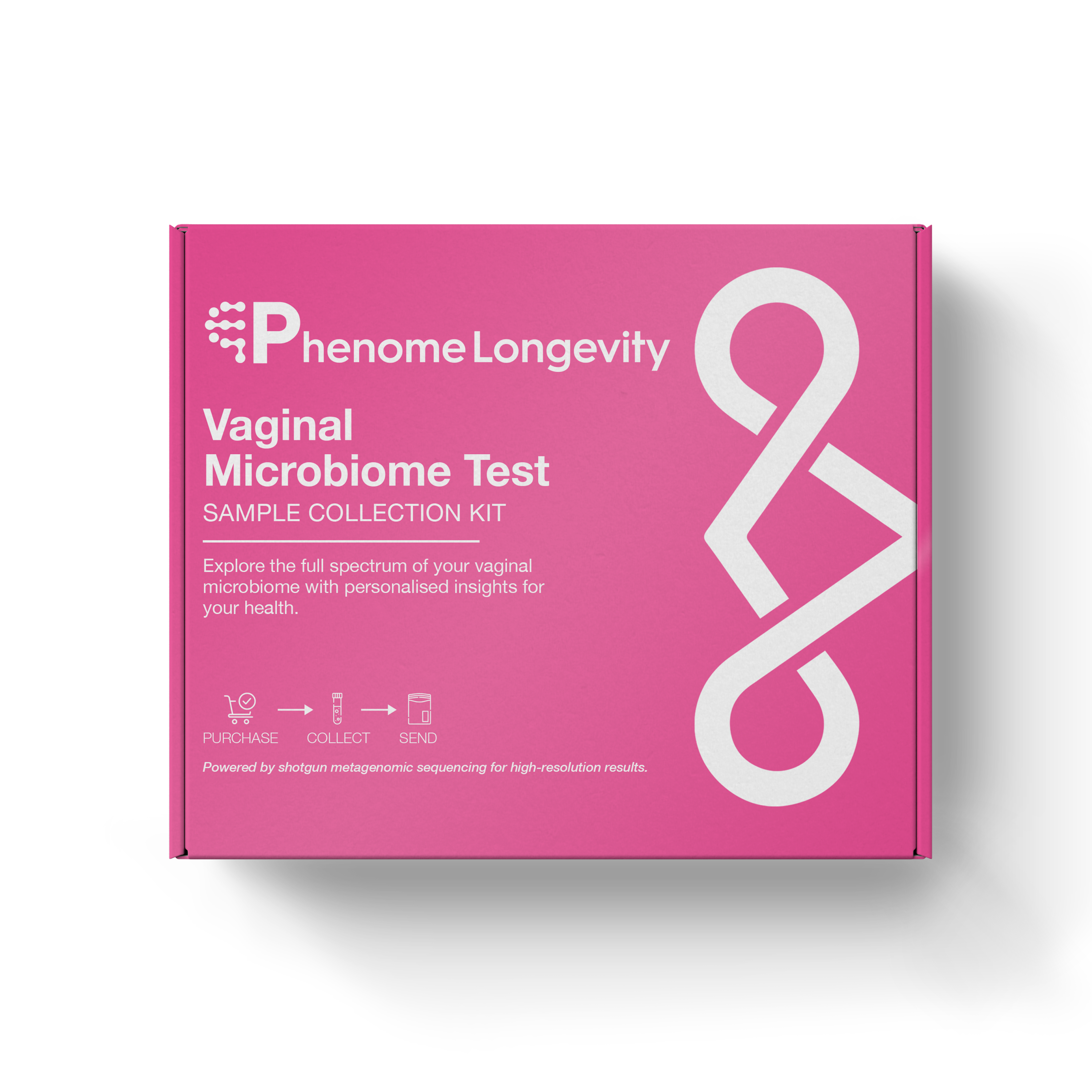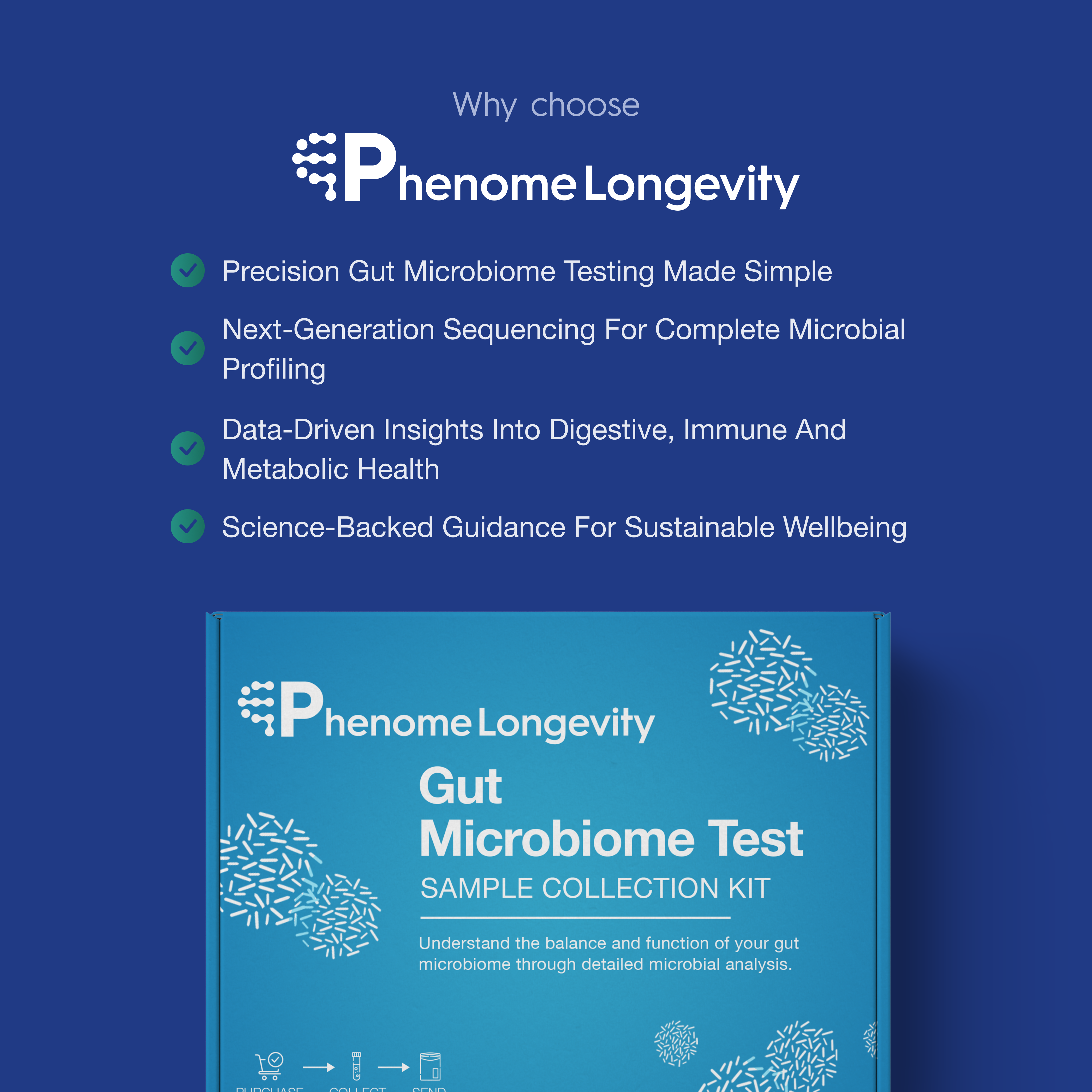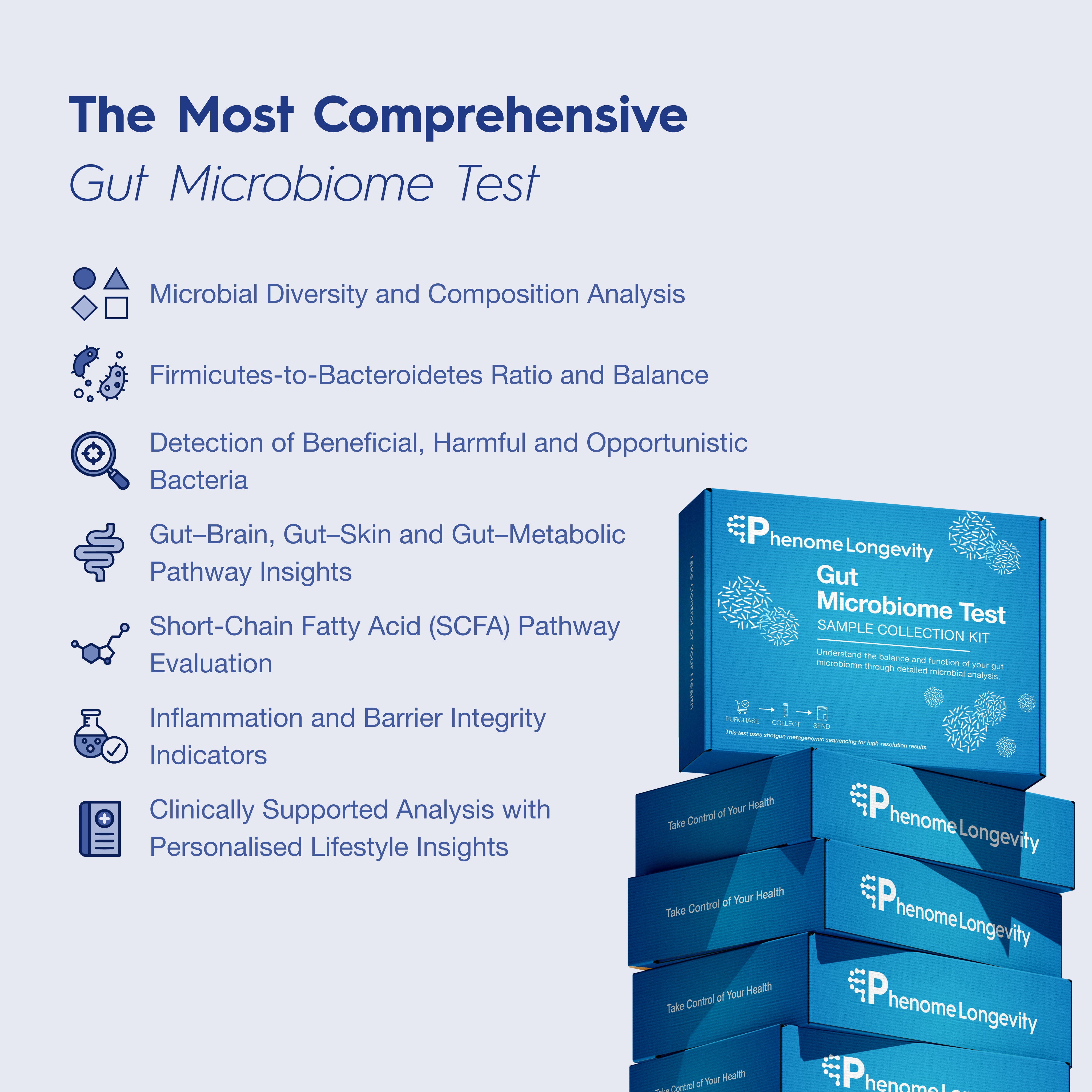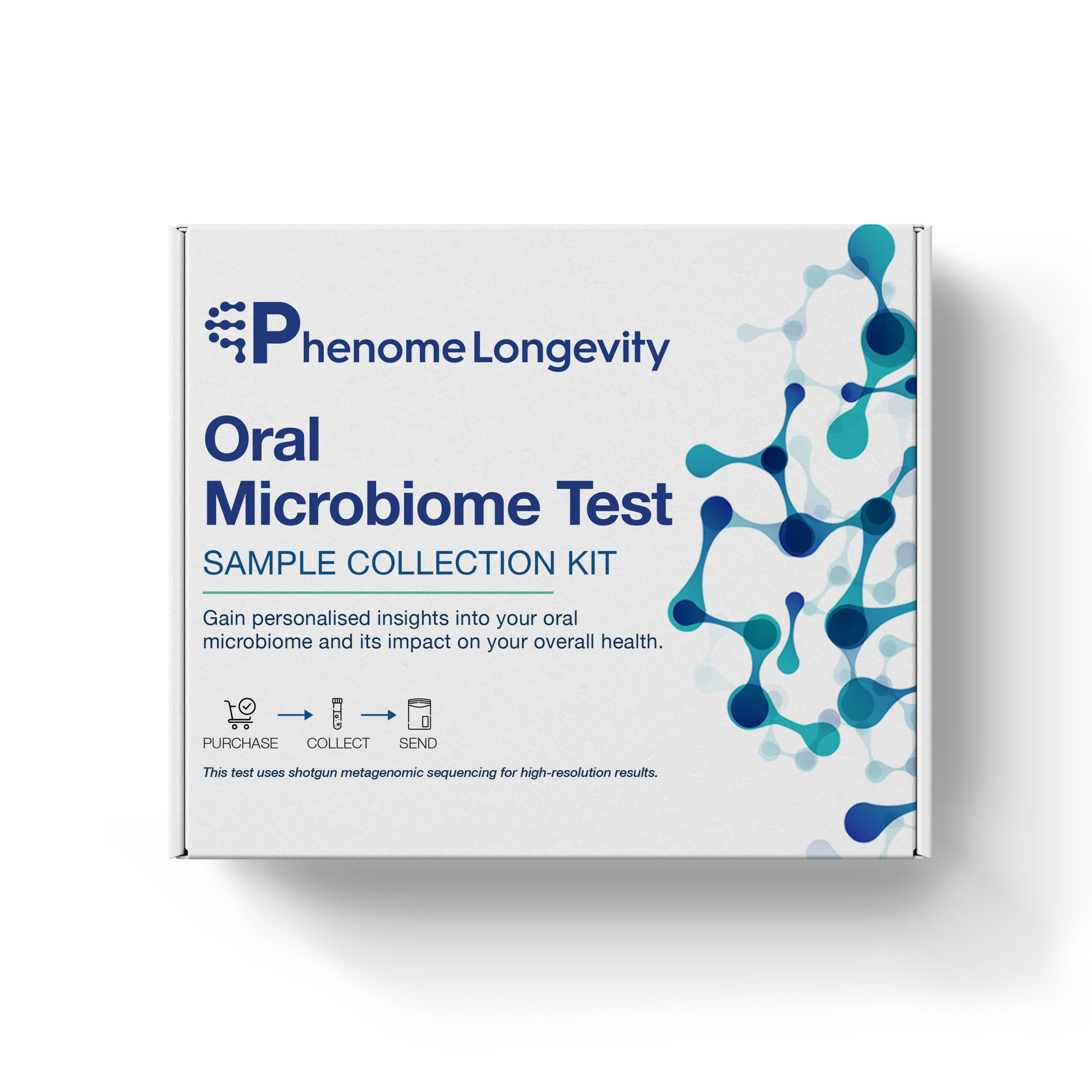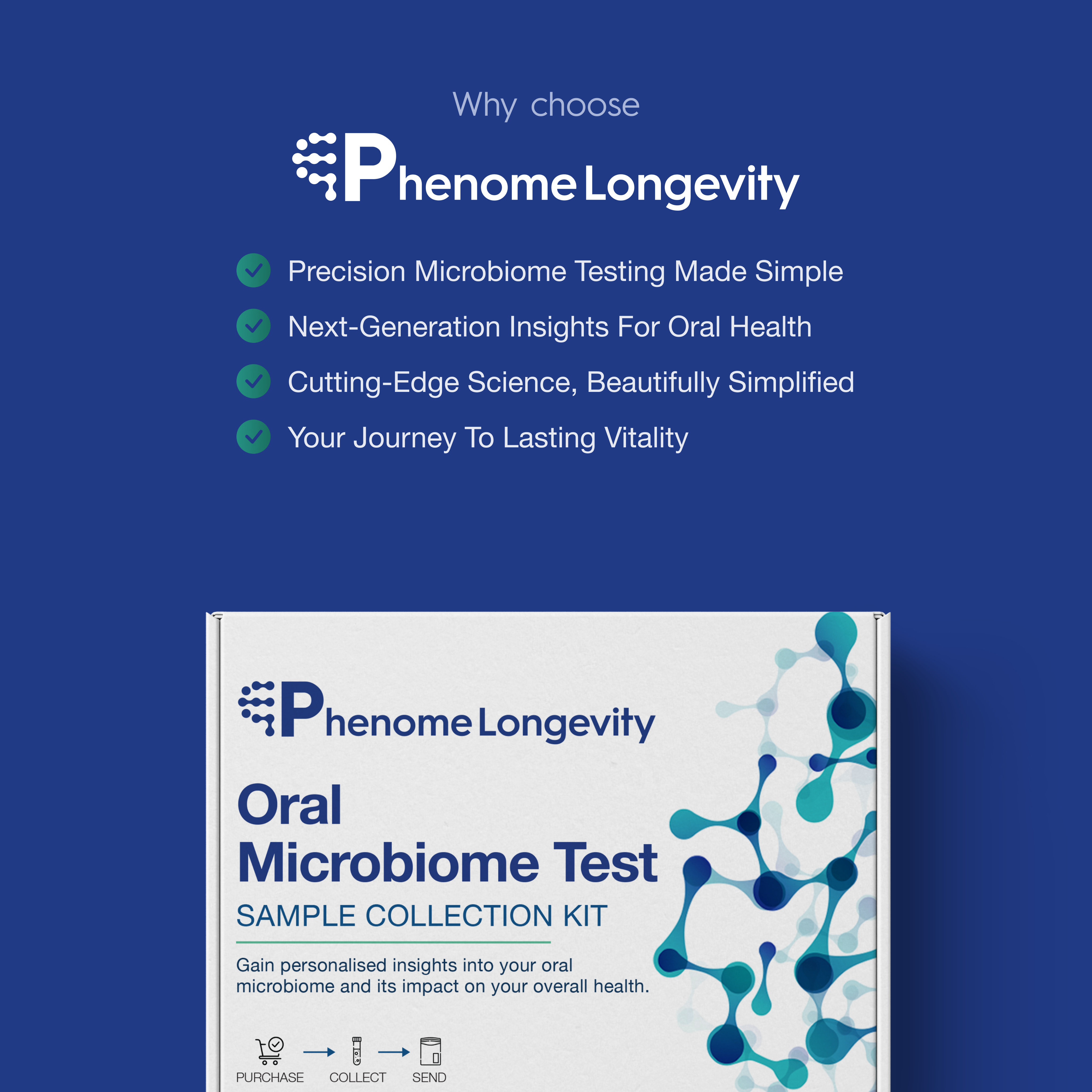Have you ever had discomfort, dryness, or recurring infections and never really figured out why?
You are not alone.
Many women experience these symptoms without realising that the root cause often lies in an imbalanced vaginal microbiome. This invisible ecosystem quietly protects you every day. When it is healthy, it maintains comfort, pH balance, and defence against harmful bacteria. When it is disrupted, even small changes can affect your overall wellbeing.
At Phenome Longevity, we believe it is time to bring this conversation forward and give women the clarity they deserve through science, awareness, and testing.


